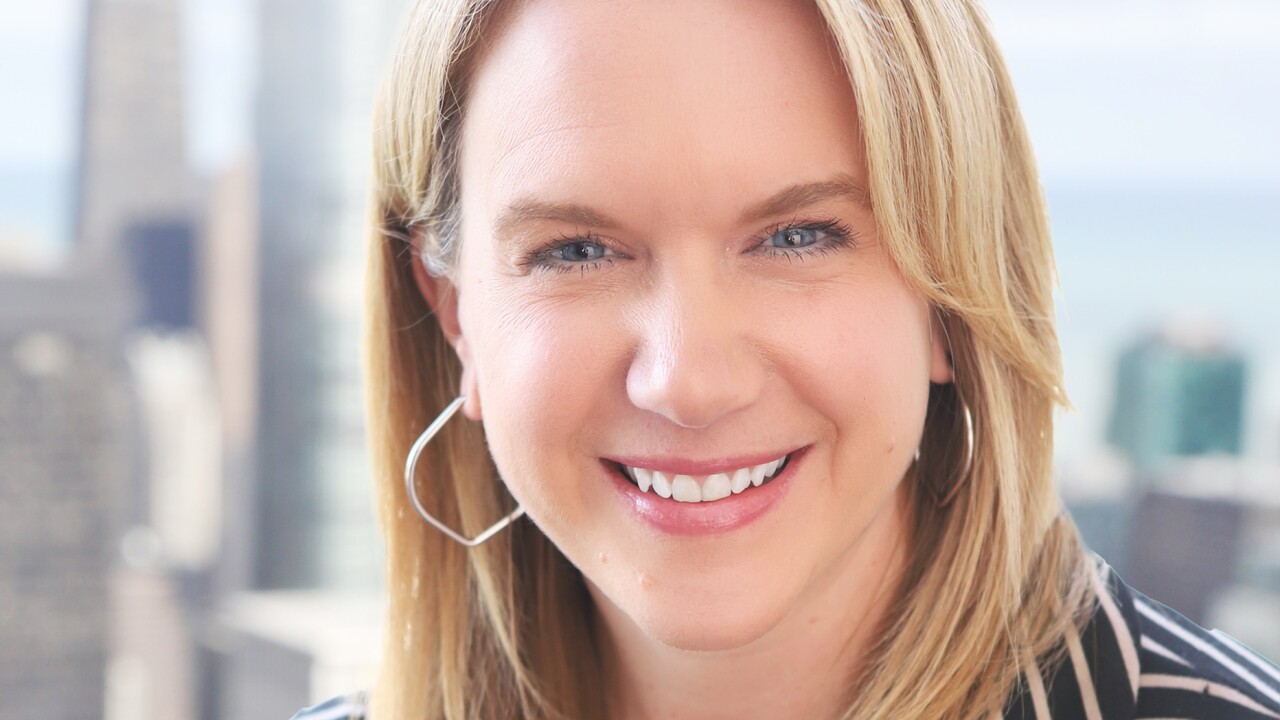There’s a lot of finger pointing going around about what led to the current financial market breakdown, but perhaps the most ridiculous target of blame is the very idea of financial derivatives, as if these products sprang out of the ground like a particularly potent crop of poison ivy while no one was looking. In reality, a lot of people were looking, and a fair number of risk managers were warning, but too many institutions were either ignoring or mis-measuring the risk. That’s the conclusion of a new report from Deloitte Center for Banking Solutions.
If the fault lines of the mortgage and asset-backed securities were embedded in their models, so to the failure of risk management was at least partly rooted in overdependence in value-at-risk models, or VaRs. “partially as a result of the Basel Market Risk Amendment [in 1996], major global banks widely adopted VaR in the mid to late 1990s, and it became the industry standard approach for measuring risk,” according to Deloitte. This turned out to be a flawed approach. For one thing, VaR “is not a predictive tool—it cannot foretell catastrophe from so-called stress or tail events, as it is usually based on historical data. which creates an overly sanguine picture in prolonged boom periods.”
Equally pernicious, there was not enough data for the VaR method to function even as designed when it came to the financial derivatives. The more data points there are, the more robust the model, and vice versa. “There was a limitation on the data periods as these products were created,” notes Edward T. Hida, co-author of the report and global leader of risk and capital management at Deloitte & Touche. “The only data available was from the boom itself.” Because the products’ complexity “and the fact that they were being developed faster than the risk models could keep up, managers resorted to simplified spreadsheets to measure risk.”
VaR became widely used throughout the financial sector, as did reliance on on-the-fly spreadsheets.
“Companies should have used stress testing and other measures across different kinds of scenarios,” Hida believes. Instead, VaR became a best- practices measure of risk. ”Basel I and regulators encouraged the use of VaR for market risk, and Basel II includes VaR as a tool for operating and market risk.”
Sifting through the wreckage of the recent risk management failure, Deloitte proposes a “back-to-basics” approach, says Hida, with a strengthening of governance and monitoring. The chief risk officer “should serve as a central point. Risk management should be a robust process across functions.” Deloitte recommends empowering the CRO with veto power.
Under Deloitte’s recommendation, boards of directors would not engage in management responsibilities, but would provide input at the top level. “They’ll have to set the direction of risk—specific limits—and provide strong oversight.” Many institutions are strengthening the risk management regime, Hida observes, “some because of their experiences, others proactively.”





